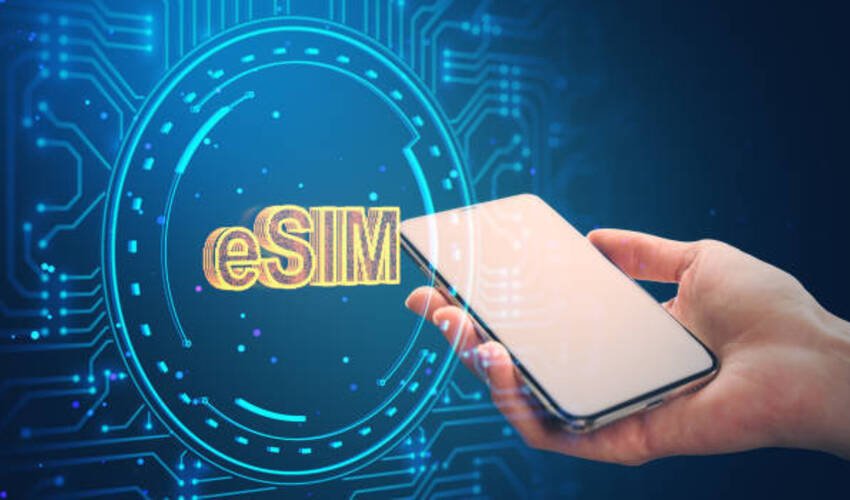The world has experienced a significant transformation in the modern era due to rapid technological advancements. One of the most groundbreaking innovations that have revolutionized communication and data transfer is fiber optics. This technology uses thin glass or plastic fibers to transmit digital information over long distances with high-speed internet connections.
Fiber optics have changed the world in numerous ways and have been crucial in enhancing global communication, improving healthcare, and boosting economic growth. This article will explore some significant ways fiber optics have and continue transforming our lives.
- Medical Imaging
Fiber optics technology has revolutionized medical imaging, allowing for precise and detailed images of the human body. It can be used in various medical imaging applications, such as the following.
- Endoscopy: a non-surgical procedure that utilizes an endoscope, a thin tube equipped with a camera and light source, to view and diagnose internal organs and cavities. The process is minimally invasive and uses fiber optic cables to transmit light and produce clear images for examination.
- Laparoscopy: a medical procedure that uses a laparoscope to view and treat abdominal and pelvic organs through small incisions. It provides a clear and detailed image of the organs by transmitting light through fiber optic cables.
- Arthroscopy: a surgical procedure to diagnose and treat joint problems. It involves using a small camera and light source transmitted by fiber optics to access and repair damaged tissue in the joint.
However, it is essential to ensure that fiber optic cables are in proper condition and up to standard using a fiber optic test kit to avoid hiccups in medical processes. These test kits can check for signal loss, cable continuity testing, attenuation, and other problems that can impact the quality of the images produced by medical imaging equipment.
- High-Speed Internet
Fiber optics can transmit data over long distances with virtually no loss in signal strength or speed, unlike traditional copper wire networks. Thus, we can now stream high-definition videos, play online games, and chat with friends and family worldwide with low chances of lag or buffering.
Fiber optics has also enabled new technologies such as cloud computing, which allows businesses to store and access their data remotely, and the Internet of Things (IoT), which connects everyday objects to the Internet for greater convenience and efficiency.
- Military Applications
Fiber optic cables have also enabled real-time transmission of high-resolution images and videos, facilitating better situational awareness and decision-making. Additionally, fiber optics has enabled the development of sophisticated weapons systems, such as laser-guided missiles and smart bombs that can precisely target and destroy enemy targets. Moreover, fiber optic sensors have been integrated into various military applications to detect and monitor potential threats such as landmines, unexploded ordnance, and enemy movements.
- Aviation
With fiber optic cables, airlines can transmit vast amounts of data, including flight information, weather updates, and passenger data, with incredible speed and reliability. It has improved safety, security, and operational efficiency, reducing the risk of accidents and improving the overall travel experience.
- Industrial Automation
Automation systems can communicate faster and more accurately using fiber optic cables than traditional setups, allowing for real-time monitoring and control of machinery and equipment. Additionally, fiber optics can withstand harsh environmental conditions such as extreme temperatures, moisture, and electromagnetic interference, making them ideal for use in industrial settings. As a result, industrial automation has become more streamlined, productive, and cost-effective, contributing significantly to the growth and advancement of the manufacturing industry worldwide.
- Energy Sector
With fiber optic cables, companies can monitor and control energy production and distribution in real-time, allowing them to respond quickly to fluctuations in demand and supply. Fiber optics have also enabled the development of smart grids to automatically detect and respond to power outages, reducing downtime and improving energy efficiency.
- Entertainment Industry
With the capability to transmit large amounts of data at high speeds, fiber optics has created high-definition video streaming services, immersive virtual reality experiences, and real-time online gaming. This technology has also helped the production of movies, TV shows, and music videos with stunning visual effects, all while reducing the time and cost required to transfer large files.
- Better Prosthetics
Traditional prosthetics were limited in functionality and could not mimic real limbs’ natural movements and sensations. However, with the integration of fiber optic technology, prosthetics can now use sensors and microcontrollers to communicate with the user’s nervous system, allowing for more natural movements and sensations. These advancements have drastically improved the quality of life for amputees, providing them with greater mobility and independence.
- Scientific Research
Fiber optic sensors measure and monitor various parameters in research settings. These sensors are exact and can accurately detect temperature, pressure, and strain changes. As a result, they have become indispensable tools in the study of materials and structures, allowing researchers to gather data that was previously impossible to obtain. Fiber optic sensors are also non-invasive, making them ideal for delicate research applications.
- Enabling the Quantum Revolution
One of the most significant challenges facing the world today is data security. The traditional method of encrypting data, such as using passwords or encryption algorithms, is vulnerable to hacking and interception.
Quantum key distribution (QKD) offers a new way of encrypting virtually unbreakable data, and fiber optic cables play a crucial role in its implementation. Because they can transmit individual photons over long distances without significant loss of signal quality, the shared key can be generated at one location and transmitted securely to another, ensuring that financial, government, and personal data can be sent across the world safely.
- Environmental Monitoring
Through fiber optics, scientists and engineers can now monitor the environment in previously impossible ways. For example, fiber optic sensors can detect small changes in the physical properties of the environment, such as temperature, pressure, and strain, allowing them to detect and track natural disasters like earthquakes and landslides. Additionally, fiber optic sensors can measure the levels of pollutants in water bodies, helping to ensure that our water resources remain safe and clean.
Conclusion
The invention and adoption of fiber optics technology have revolutionized the world in many ways. From communication to medicine, transportation to entertainment, fiber optics has impacted every aspect of our daily lives.
The speed and reliability of fiber optic cables have transformed the way we communicate and consume information while also enabling advancements in fields like telemedicine and autonomous vehicles.
Read Dive is a leading technology blog focusing on different domains like Blockchain, AI, Chatbot, Fintech, Health Tech, Software Development and Testing. For guest blogging, please feel free to contact at readdive@gmail.com.





